Precision machining demands precision measurement. Utilize advanced measurement tools like micrometers, calipers, and coordinate measuring machines (CMMs) to verify that the part's dimensions meet the design specifications. This step is critical for ensuring that the part fits perfectly within the assembly.
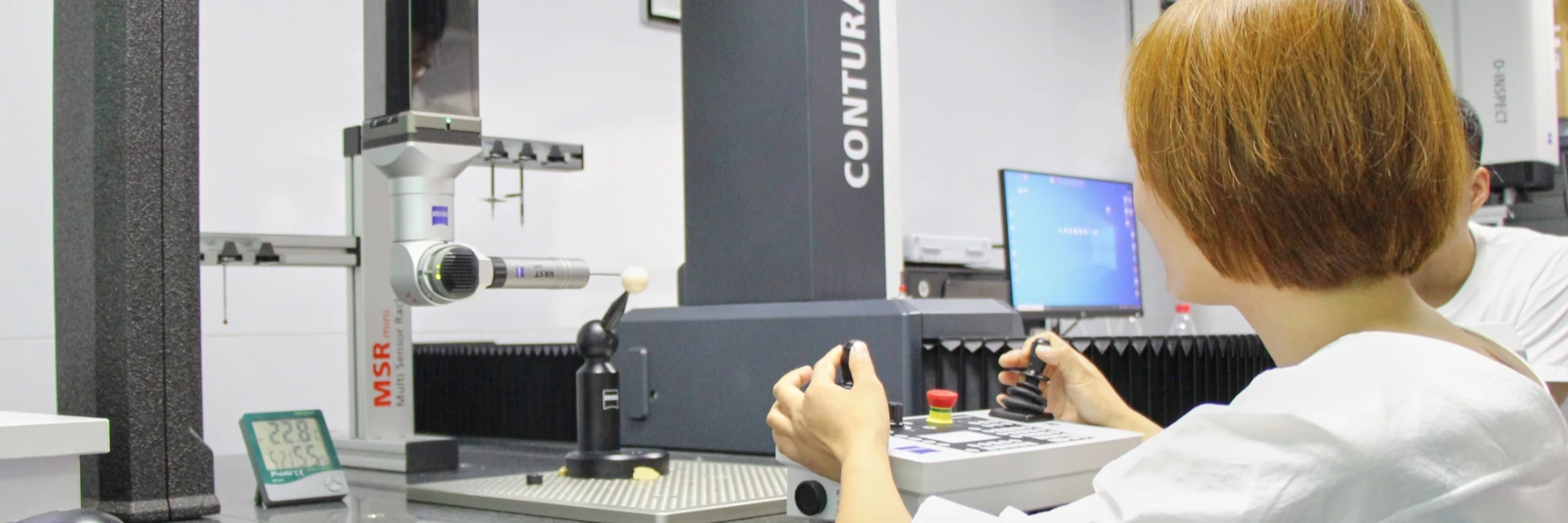
The surface finish of CNC machined parts can greatly affect their functionality. Employ surface roughness testers to evaluate the part's surface quality. Ensure it adheres to the specified Ra (roughness average) or Rz (maximum height of profile) values.
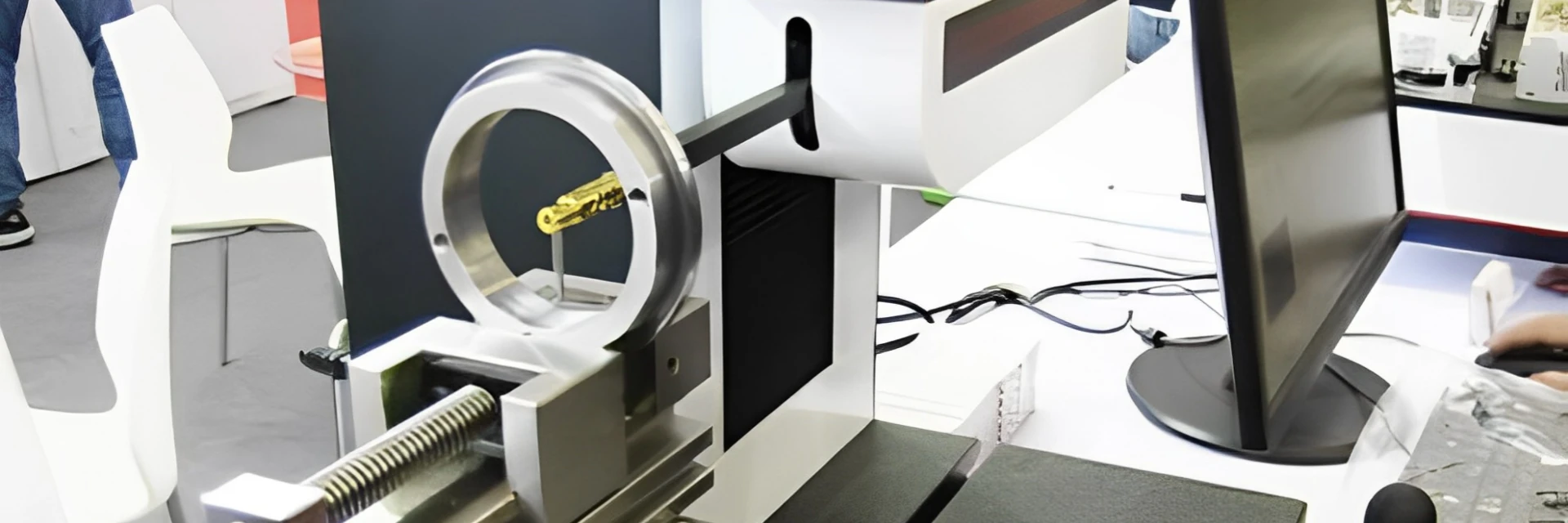
For critical applications, consider non-destructive testing methods such as ultrasonic testing, magnetic particle testing, or dye penetrant testing. These techniques can reveal hidden flaws, cracks, or defects that may not be apparent through visual inspection alone.
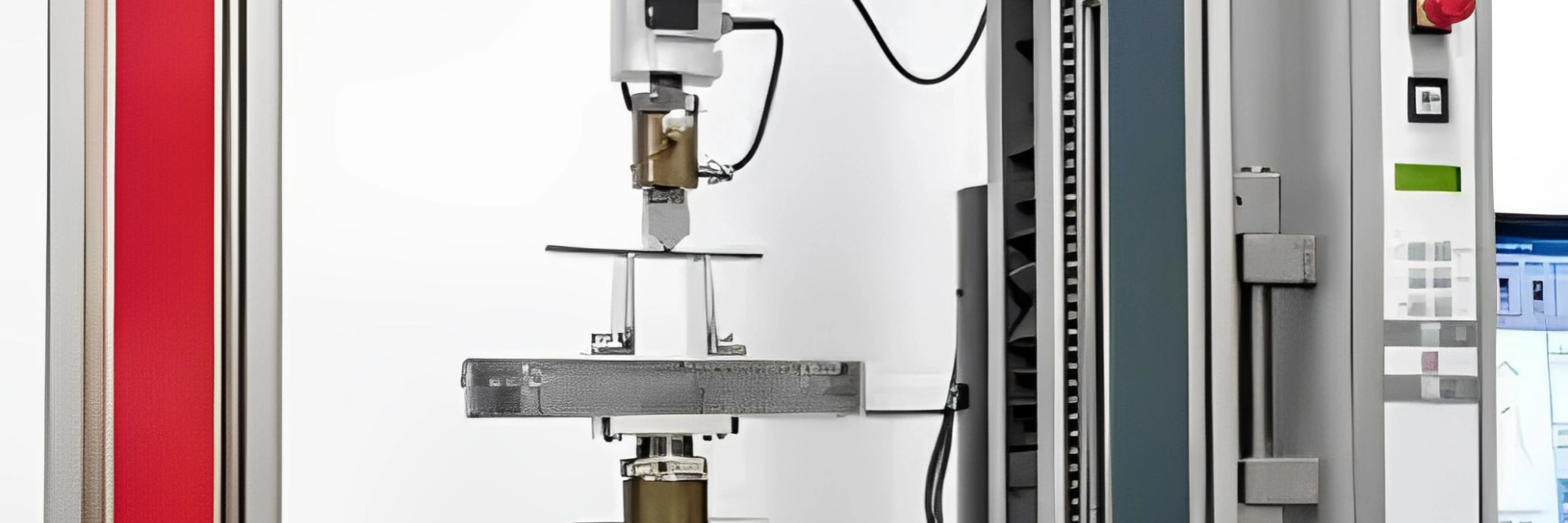
Simulate real-world operating conditions to test the functionality of the part. This may involve subjecting it to temperature extremes, pressure, or other relevant environmental factors. The goal is to confirm that the part performs as intended under various conditions.
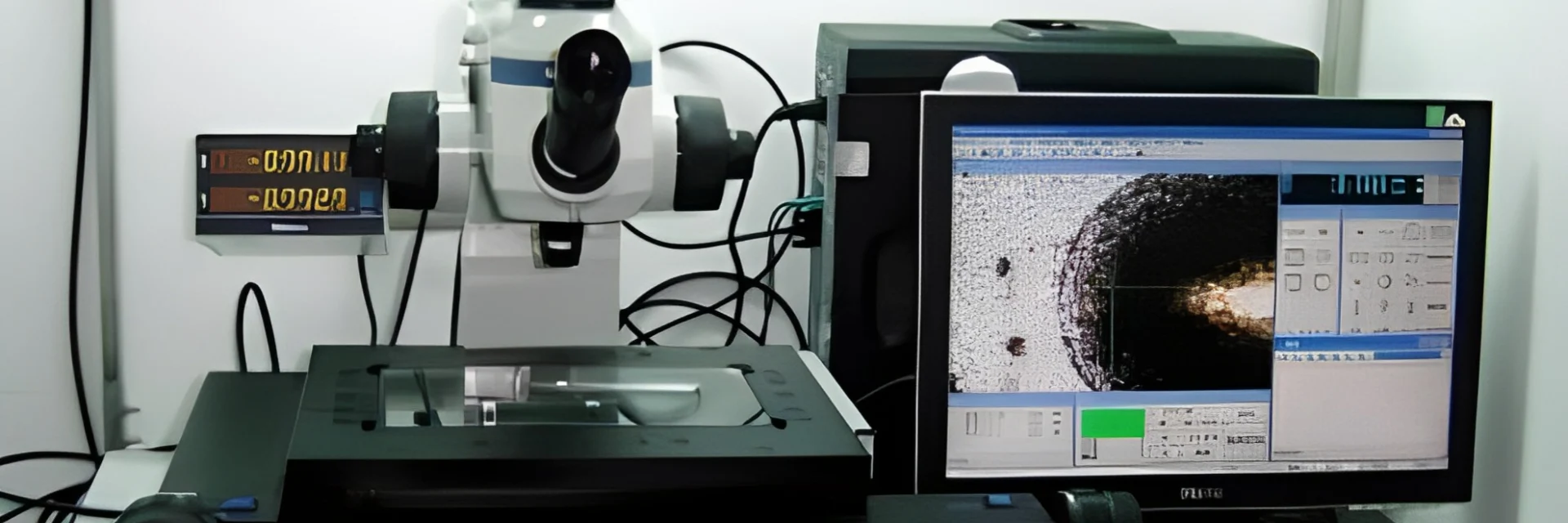
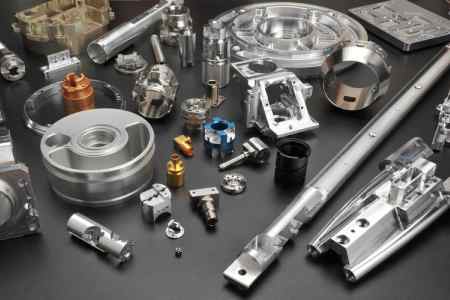
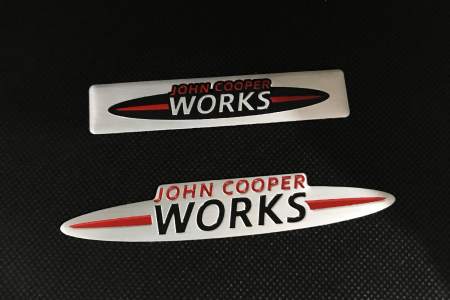
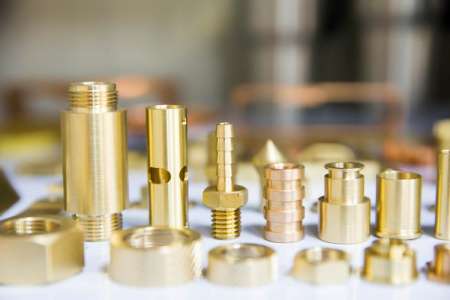
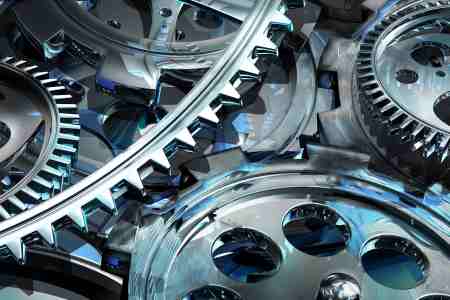
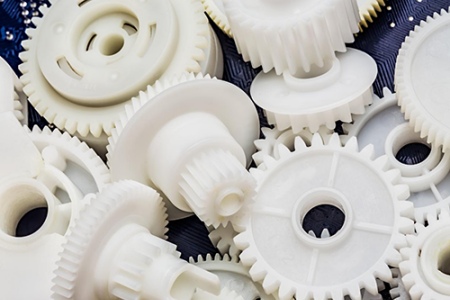

 NO.37 Tiancheng Road, Binjiang Development Zone, Nanjing, Jiangsu, China
NO.37 Tiancheng Road, Binjiang Development Zone, Nanjing, Jiangsu, China tel/Whatsapp : +86-1377-0661-937
tel/Whatsapp : +86-1377-0661-937 E-posta : sales@comelycnc.com
E-posta : sales@comelycnc.com

